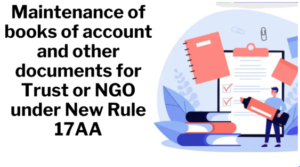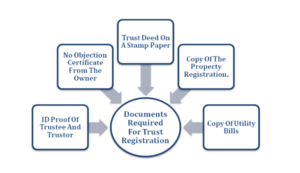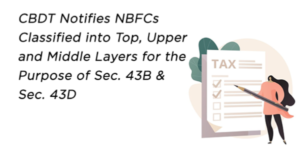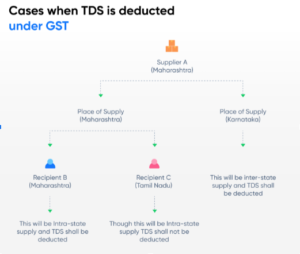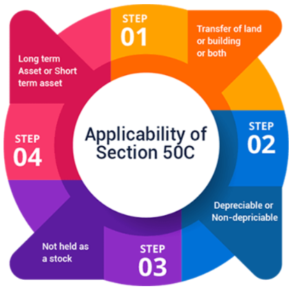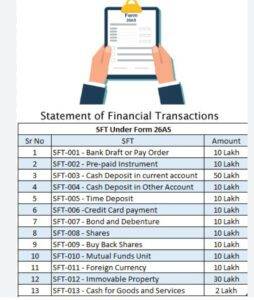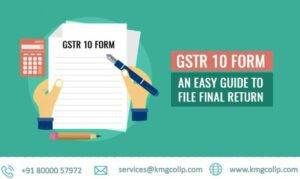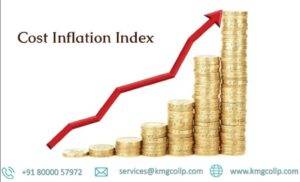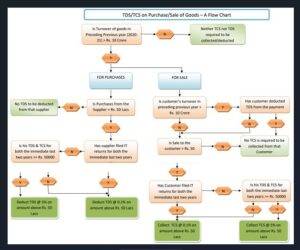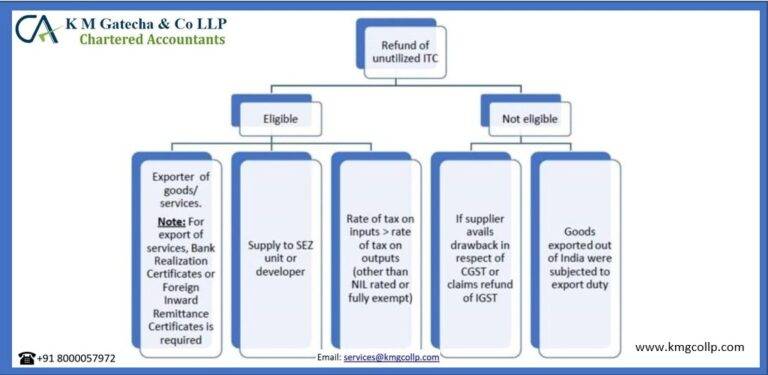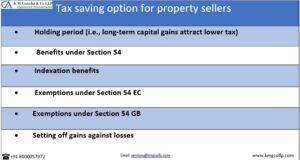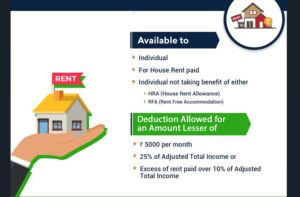Credit Monitoring Arrangement ( CMA ) – Overview & Documents Required
The Credit Monitoring Arrangement (CMA) report has been in practice since October 1988. Before its introduction, from 1965 to 1988, the Credit Authorization Scheme (CAS) served as the primary tool for controlling credit. The Reserve Bank of India (RBI) used CAS to regulate bank credit that exceeded specified limits.
Under the Credit Authorization Scheme (CAS), banks needed prior approval from the RBI before extending credit beyond prescribed limits. These credit limits and conditions were periodically updated. Initially, the CAS was implemented to prevent a few large borrowers from monopolizing limited credit resources. Over time, recommendations from the Chore Committee and Tandon Committee were incorporated into the CAS for better scrutiny of credit proposals by banks.
However, the CAS faced significant challenges—the requirement for RBI approval often led to lengthy delays, frustrating both banks and borrowers. Additionally, concerns arose regarding the effectiveness of monitoring bank credit disbursement under this system.
What is a CMA Report?
A CMA report, or Credit Monitoring Arrangement report, presents both the past and projected financial performance of a business. It includes key financial ratios and metrics that assist financial analysts and bankers in evaluating a company’s financial health.
Banks and financial institutions typically require a CMA report from businesses applying for loans. This report helps them assess the flow and application of funds within the business. A well-prepared CMA report can significantly improve a company’s chances of securing bank financing.
Under the Credit Monitoring Arrangement (CMA), banks are allowed to approve credit proposals for large borrowers after conducting a thorough analysis of their past financial performance. Additionally, banks must submit large credit proposals to the Reserve Bank of India (RBI) for post-sanction scrutiny. These proposals include:
Working capital limits of ₹500 lakh (₹5 crore) and above
Term loans exceeding ₹200 lakh (₹2 crore)
Statements Covered in a CMA Report
A CMA report consists of several key financial statements that provide a detailed analysis of a business’s financial health. These include:
1. Particulars of Current & Proposed Limits
The first section outlines the existing credit limits (both fund-based and non-fund-based), their utilization history, and the new credit limits being requested by the borrower. This document is a fundamental requirement for loan applications and is submitted to the banker.
2. Operating Statement
This statement presents the borrower’s business plan, including:
Current sales figures
Profit before & after tax
Sales projections
Direct & indirect expenses
Profit estimates for the next 3 to 5 years
It provides a scientific analysis of the company’s profitability and is tailored to the borrower’s working capital needs.
3. Analysis of the Balance Sheet
This section examines both current and projected balance sheets, offering insights into:
Current & non-current assets
Current & non-current liabilities
Cash & bank positions
Net worth projections for future years
This analysis provides a comprehensive view of the borrower’s financial stability.
4. Comparative Statement of Current Assets & Liabilities
This statement offers a comparative analysis of the movement of current assets and liabilities. It helps banks determine:
The borrower’s ability to meet working capital needs
The actual working capital cycle for the projected period
5. Calculation of Maximum Permissible Bank Finance (MPBF)
One of the most crucial statements, this section determines the maximum amount of finance the bank can permit for the borrower based on their financial strength.
6. Fund Flow Statement
This statement analyzes fund inflows and outflows for the current and projected periods. It connects the fund position with the balance sheet and MPBF calculations to track financial movement over time.
7. Ratio Analysis
The final section includes key financial ratios used by financial analysts and bankers, such as:
Gross Profit (GP) Ratio
Net Profit Ratio
Current Ratio & Quick Ratio
Stock Turnover Ratio
Net Worth & its Ratio to Liabilities
Debt-Equity Ratio
Asset Turnover & Working Capital Turnover
Fixed Asset Turnover
Each of these ratios helps in evaluating the business’s financial health, risk profile, and creditworthiness.
Documents/Information Required to Prepare a CMA Report
To prepare a Credit Monitoring Arrangement (CMA) report, the following key documents and financial details are required:
1. Audited Financial Statements (Last 2 Years)
Provides a detailed overview of the company’s financial performance.
Includes the Profit & Loss Statement, Balance Sheet, and Cash Flow Statement for the past two years.
Provides a detailed overview of the company’s financial performance.
Includes the Profit & Loss Statement, Balance Sheet, and Cash Flow Statement for the past two years.
2. Latest Sanction Letter (For Renewal Cases)
If the CMA report is being prepared for the renewal of an existing credit facility, the latest sanction letter from the bank is needed.
It contains details of the current credit limits, interest rates, and repayment terms.
If the CMA report is being prepared for the renewal of an existing credit facility, the latest sanction letter from the bank is needed.
It contains details of the current credit limits, interest rates, and repayment terms.
3. Provisional Financial Statements for the Current Year
A provisional balance sheet and profit & loss statement for the ongoing financial year must be submitted.
Helps banks assess the latest financial position of the business.
A provisional balance sheet and profit & loss statement for the ongoing financial year must be submitted.
Helps banks assess the latest financial position of the business.
4. Term Loan Repayment Schedule (If Any)
If the borrower has an existing term loan, a repayment schedule is required.
This document outlines EMI details, outstanding balance, and loan tenure.
If the borrower has an existing term loan, a repayment schedule is required.
This document outlines EMI details, outstanding balance, and loan tenure.
5. Details of Proposed Enhancement (If Any)
If the business is seeking an increase in credit limits, details of the requested enhancement must be provided.
This includes the purpose of additional credit, repayment terms, and expected impact on financials.
If the business is seeking an increase in credit limits, details of the requested enhancement must be provided.
This includes the purpose of additional credit, repayment terms, and expected impact on financials.
Need Help?
FAQs
1. What is a CMA report?
A CMA (Credit Monitoring Arrangement) report is a financial analysis document that provides a detailed review of a business’s past and projected financial performance. Banks and financial institutions use this report to evaluate loan applications and assess a company’s ability to repay debt.
2. Why is a CMA report required?
Banks require a CMA report to analyze a business’s financial health before approving loans, especially for working capital and term loan proposals exceeding a certain threshold. It helps in understanding the fund flow, loan repayment capacity, and financial stability of a borrower.
3. Who needs to prepare a CMA report?
Businesses applying for bank loans, credit limits, or loan renewals must submit a CMA report. It is typically prepared by a financial expert, chartered accountant, or finance professional to ensure accuracy and compliance with banking norms.
4. What financial statements are included in a CMA report?
A CMA report generally includes:
- Current & proposed credit limits
- Operating statement (past & projected sales, expenses, and profit)
- Balance sheet analysis
- Comparative statement of current assets & liabilities
- Calculation of Maximum Permissible Bank Finance (MPBF)
- Fund flow statement
Ratio analysis
5. What documents are required to prepare a CMA report?
To prepare a CMA report, the following documents are needed:
- Last 2 years’ audited financial statements
- Provisional financials for the current year
- Latest bank sanction letter (if renewing credit limits)
- Term loan repayment schedule (if applicable)
Details of any proposed credit enhancement
6. How does a CMA report help in loan approvals?
A well-prepared CMA report enhances the chances of loan approval by providing clear insights into the borrower’s financial stability, repayment capacity, and future growth projections, making it easier for banks to assess risk.
7. What is the Maximum Permissible Bank Finance (MPBF) in a CMA report?
MPBF is a calculation that determines the maximum credit a bank can extend to a borrower based on their financial strength and working capital needs. It ensures that businesses do not borrow beyond their repayment capacity.
8. Can a CMA report be submitted online?
Yes, most banks allow businesses to submit their CMA reports online through their official loan application portals or via email to the loan processing department.
9. Who can prepare a CMA report?
A CMA report should be prepared by a qualified financial professional, such as a chartered accountant (CA), financial analyst, or an experienced finance consultant.
10. How often should a CMA report be updated?
CMA reports should be updated whenever a business applies for a new loan or renewal. Regular updates are also recommended for internal financial planning and monitoring.
Table of Contents
Toggle







